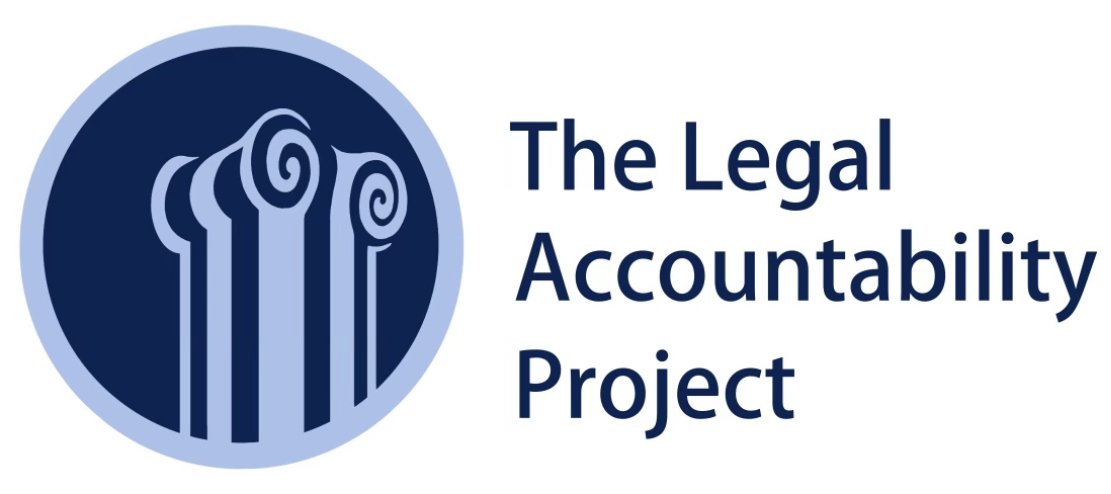CHIEF JUSTICE ROBERTS’ YEAR-END REPORT ON THE FEDERAL JUDICIARY LEAVES MUCH TO BE DESIRED
Every December 31, the Chief Justice releases a Year-End Report on the Federal Judiciary, highlighting the federal courts’ most important accomplishments that year. The Report typically begins with a story about judicial history to highlight issues discussed in the Report. Court-watchers look to this annual report with some interest. In advance of the 2022 Report’s release, one law professor tweeted that the report would likely be “overly self-congratulatory” while not addressing the judiciary’s ethical lapses, despite the substantial amount of news coverage that judicial ethics received in 2022. In fact, the Report left much to be desired.
I wondered whether this year’s report would reference the federal judiciary’s attempts at reform in the area of workplace protections for judiciary employees, including law clerks. At The Legal Accountability Project, my nonprofit aimed at ensuring that law clerks have positive clerkship experiences, while extending support and resources to those who do not, we are not waiting on the federal judiciary to make changes—but we are interested in any efforts at reform. The 2017 and 2018 reports referenced sexual harassment in the judiciary; the creation of the Federal Judiciary Workplace Conduct Working Group to address these issues; and the Working Group’s (minimal) progress.
Following the introduction of the Judiciary Accountability Act (JAA) (H.R. 4827/S. 2553), legislation that would finally extend Title VII protections to judiciary employees, in July 2021, the 2021 Report made a veiled reference to judicial accountability. That year, the Chief Justice once again claimed, without evidence, that the federal judiciary is an “exemplary workplace” and reiterated his opposition to the JAA. At least the Chief Justice considered the issue worth mentioning in the Report.
This year, we learned about numerous judicial ethics issues. There was the March 2022 House Judiciary Committee’s subcommittee hearing on the JAA (perhaps not big news for every attorney, but important news for advocates like me). Then in the spring, there was the Dobbs opinion leak. Congress also introduced the Supreme Court Ethics Act to finally impose a Code of Conduct on Supreme Court justices. Supreme Court justices were repeatedly critiqued for failing to recuse despite conflicts of interest, not to mention their spouses’ conflicts of interest. Recently, the New York Times reported on pay-for-play within the Supreme Court Historical Society. You would think that judicial ethics would get at least a mention in the 2022 Report. Disappointingly, no.
This year’s Report focused on judicial security legislation, the Daniel Anderl Judicial Security and Privacy Act, which was drafted following the murder of New Jersey District Court Judge Esther Salas’ son in July 2020. This legislation was recently passed as part of the National Defense Authorization Act for Fiscal Year 2023. Judicial security is certainly important, although this particular legislation has raised First Amendment concerns from both Fix the Court and The Cato Institute’s Thomas Berry. Both argue that the legislation goes too far in concealing information about judges’ spouses’ potential conflicts of interest.
It is important to make courthouses safe for judges who decide issues implicating litigants’ liberty and security. However, it is equally important to ensure that judicial workplaces are safe for employees, including law clerks, who are integral to the daily functioning of our courts.
Chief Justice Roberts’ Report begins with the story of District Judge Ronald N. Davies from Fargo, North Dakota, who traveled to Little Rock, Arkansas in 1957 following the Supreme Court’s Decision in Brown v. Board of Education to preside over the desegregation of Little Rock Central High School. The Chief Justice explains that not only was Judge Davies physically threatened for his role in this then-controversial judicial assignment, but “Judge Davies missed his own son’s wedding to see through his charge to follow the law.” Chief Justice Roberts underscores that approximately 2,000 federal judges “quietly, diligently, and faithfully discharge their duties every day of the year. Each of them makes sacrifices for a career in public service.”
Many judges go to work each day in federal courthouses across the country and faithfully execute their roles as interpreters of the law. However, some judges do not. This does not mean that judges do not deserve security, at least as stringent as the security measures in place for their Legislative Branch colleagues—including those who work across the street from Chief Justice Roberts. However, to focus on judicial security to the exclusion of other issues of contemporary interest in this Report is unfortunate. This is a disservice to the many court watchers and court listeners who look to Chief Justice Roberts as a voice of moderation within our increasingly partisan Court.
Just over 350 days from now, I look forward to a 2023 Year-End Report that better reflects the public’s concerns about the federal courts—and shows progress toward addressing these issues. In the meantime, I hope that 2023 will see the passage of both the Judiciary Accountability Act and the Supreme Court Ethics Act. These are two necessary steps toward not only making the judiciary safer and fairer for employees and litigants, but also for renewing public confidence in the judiciary.


